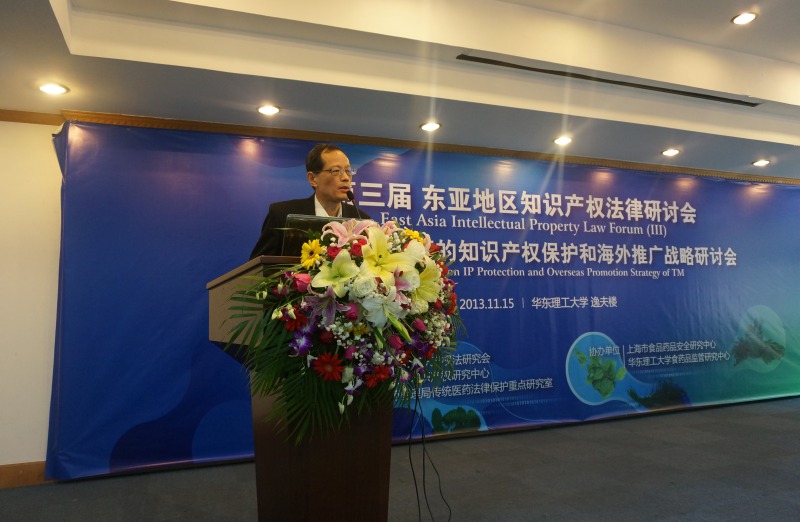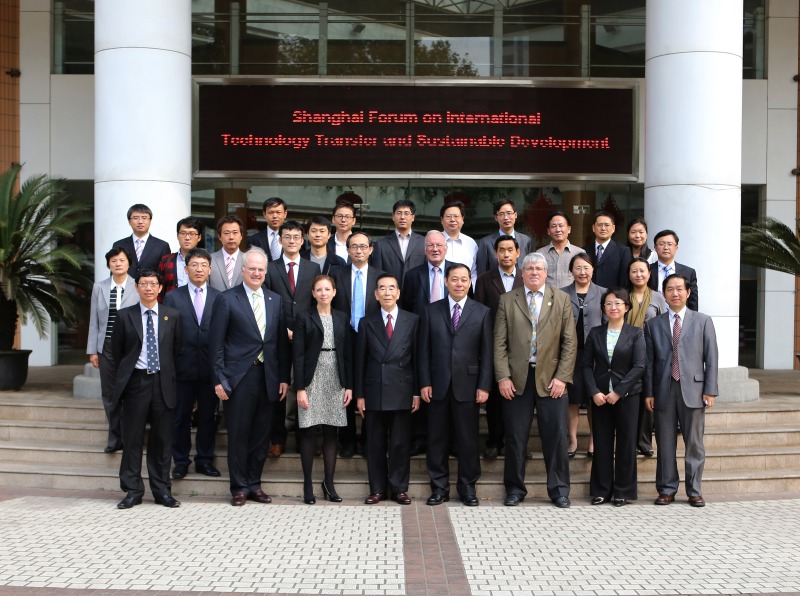Shandong Announced the Fourth Batch of Provincial Intangible Cultural Heritage Representative Projects List
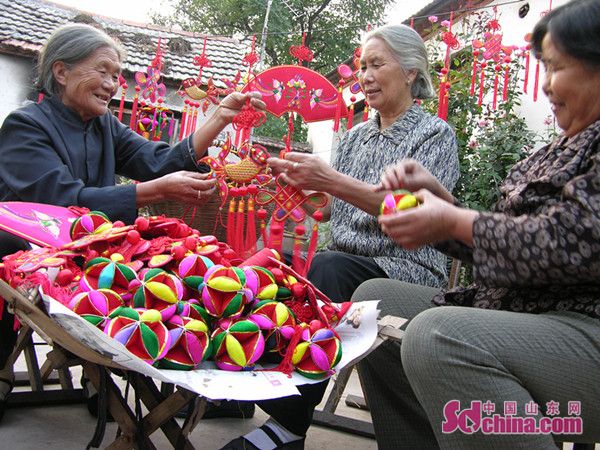
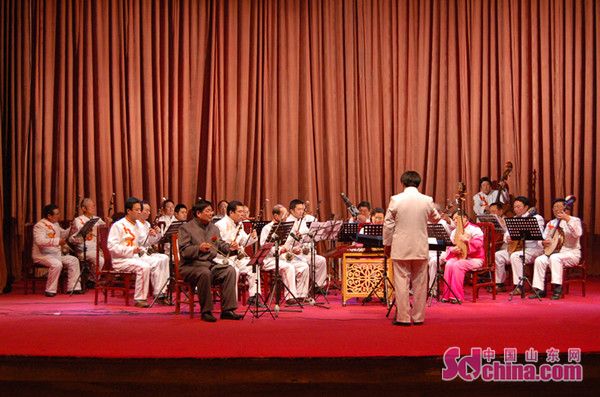
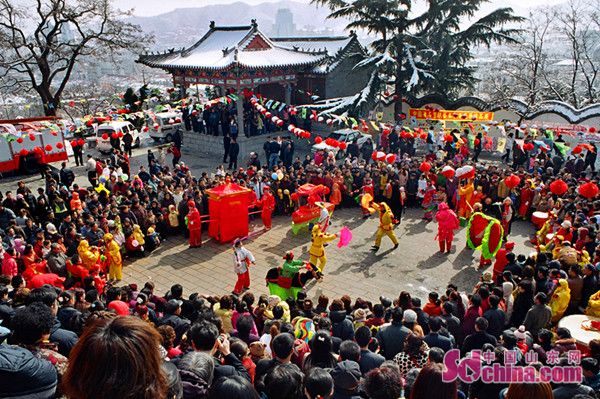
Recently,Shandong provincial government officially announced 58 representative projectsin the fourth batch of provincial intangible cultural heritage list and 59 expansion projects.
Started in March 2015, recommended 407 projects by municipalities and relevant departments and after a rigorous assessment by experts, numerous opinions fromall sides, publicity for the community and consensus of the joint meeting members of the provincial intangible cultural heritage protection department,the fourth batch of provincial intangible cultural heritage representativeprojects list was officially approved and announced by the provincial government in March 2016.
It was learned that the list covers all ten major categories of intangible cultural heritage and each category has a number of projects, which fullydemonstrates the profound cultural deposits of Shandong as an intangible cultural heritage resources-abundance province. It is the crystallization of the wisdom of Shandong people for thousands of years and demonstrates the achievement of the intangible cultural heritage protection in recent years. Besides, itembodies Shandong’s economic, social and cultural overall developments.
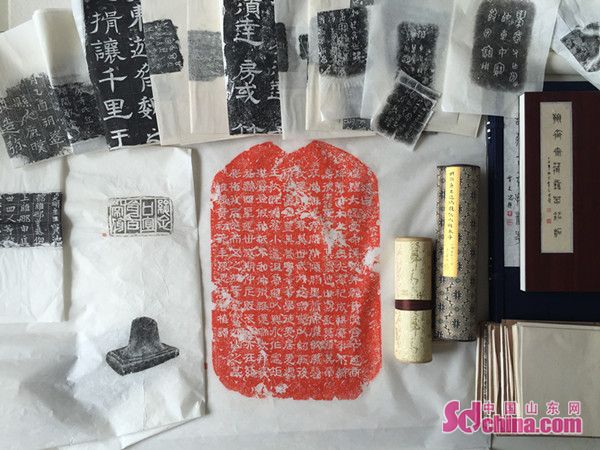
Compared with the previous three batches of provincial intangible cultural heritagelist, the fourth batch has distinctive features. The first is the traditional craft project. The Fifth Plenary Session of the 18th CPC Central Committee proposed to “build Excellent Chinese Traditional Cultural Transmission System,strengthening the protection of cultural heritage and revitalize the traditional handicrafts” based on the evaluation principles and conditions andmoderately favored the traditional craft projects. There are 58 traditional craft projects in the fourth batch of provincial intangible cultural heritage,accounting for 49.57% of the total. The second is the endangered project. Inthe assessment process, it should give special preferential treatments to theen dangered projects which need to be carried out rescuing conservation, such as the ones that the inheritance chains nearly rupture or inheritors are old and weak. Meanwhile, it can influence the provincial poor villages projects. What’smore, it should also favor the projects which are suitable for a large numberof employment, have a lower threshold and can promote provincial poor villagesout of poverty, such as the paper-cut, New Year paintings and weaving.According to the statistics, there are 37 projects of this kind in the fourth batch of provincial intangible cultural heritage projects, accounting for31.62% of the total. The fourth is the project with strong Shandong features.It should give special preferential treatments to unique traditional cultural projects, including grain painting, colored glaze, Shandong Clapper Opera andso on.
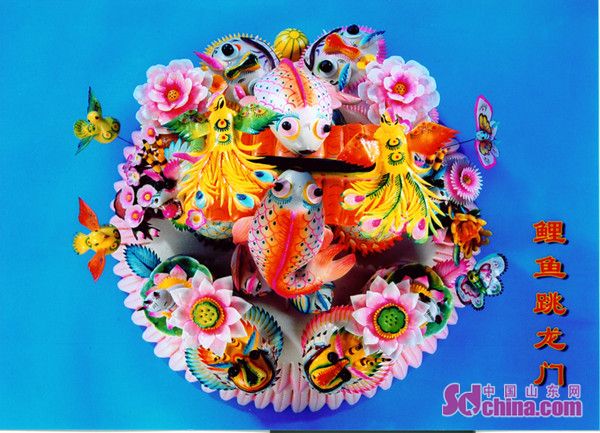
Moreover,in the assessment process, in accordance with the relevant provisions of the“Regulations of Shandong Province Intangible Cultural Heritage” strictly, alllinks, such as notice to declare, data compilation, the establishment of theexpert committee, preliminary assessment, reconsideration, publicity,countersignature, strictly adhere to the rules and regulations. Especially in the stage of assessment, the entire process is supervised by the discipline inspection departments to achieve the openness, fairness, justice andtransparency of the assessment work and ensure the representativeness and authority of the provincial intangible cultural heritage list.
Time:2016-03-30
Source:news.sdchina.com
next:In recent years, Chinese traditional festivals such as Tomb-sweeping Festival, Dragon-boat Festival and the Double Ninth Festival, are getting more and more attention. However, in some places, the traditional festivals are just like empty shells. Many experts appeal to in-depth thinking on the exploration of traditional festivals’ rich spiritual and cultural connotations. Be wary of the “materialization” of traditional festivals Today, there is a concept in few Chinese people’s minds that the traditional festivals can be materialized. It is commonly accepted that the Tomb-sweeping Festival is equal to holding superstitious activities, the Mid-Autumn Festival is equal to eating moon cakes and the Spring Festival is equal to sending and receiving lucky money envelopes. Even, there are some alternative titles for those traditional festivals, such as “Rice Dumplings Festival” (which refers to the Dragon-boat Festival), “Joss Sticks Burning Day” (which refers to the Tomb-sweeping Festival), “Shopping Day” (which refers to the Spring Festival), etc. Though it is just a piece of phenomenon occurred on the Internet, it reflects the lack of spiritual and cultural connotations of traditional festivals to some extent. Highlight the spiritual connotation of traditional festivals Chinese traditional festival is the cultural carrier of national spirit, which is also a reflection of Chinese traditional virtues. Many experts use the word “soul” to indicate the spiritual connotation of traditional festivals, pointing out that only strengthen and highlight the spiritual connotation of traditional festivals can the soul of it be regained; moreover, only get a truly understanding of the significance of traditional festivals can people get rid of holiday corrupt customs. There were some review articles pointing out that Chinese traditional festivals express people’s moral thinking on root of the national spirit. The spirit of patriotism throughout all the traditional festivals. The origins of both the Tomb-sweeping Festival and Dragon-boat Festival contain a number of patriotic thinking. In addition, many traditional festivals contain elements of the family. The Mid-Autumn Festival is a time for family reunion and family exchanges; The Tomb-sweeping Festival is a time for reflecting on whether people live up to the teachings of their ancestors. Moreover, some traditional festivals are related to historical figures. People commemorate Jie Zitui on Cold-food Festival and commemorate Qu Yuan on Dragon-boat Festival. When celebrate those traditional festivals, Chinese people are going to explore the spiritual strength and moral qualities of these celebrities. “Traditional festivals were slowly formed. They were created by human culture from generation to generation.” Jicai FENG, the former chairman of China Folk Literature and Art Society said, “The essence of the festival is also a kind of spiritual, cultural and emotional life.” Bring the culture leading function of traditional festivals into play Traditional festivals have important cultural utilities. In recent years, many cities have hold activities with the theme as “Our Festivals”, like the theme of Tomb-sweeping Festival in some places is “Refreshing and Bright”. In 2005, Comments on Carrying Forward the Excellent Traditions by Upholding Traditional Festivals, was delivered by the Propaganda Department of the Central Committee of the CPC. In 2007, the State Council has made 4 traditional festivals into the list of national legal holidays. More recently, Chinese government hopes to emphasize and focus on the protection of national traditional culture and the construction of social ethics from the aspects of carrying forward the Chinese traditional festival culture and communication. While the key to promote traditional culture is not in the external media and forms, but digging national characteristics and cultural connotation. Respecting the tradition, strengthening the innovation. The establishment of a festival culture system which have both traditional connotation and contemporary spirit is imminent. Time: 2016-04-06 Source: China's Discipline Inspection and Supervision

